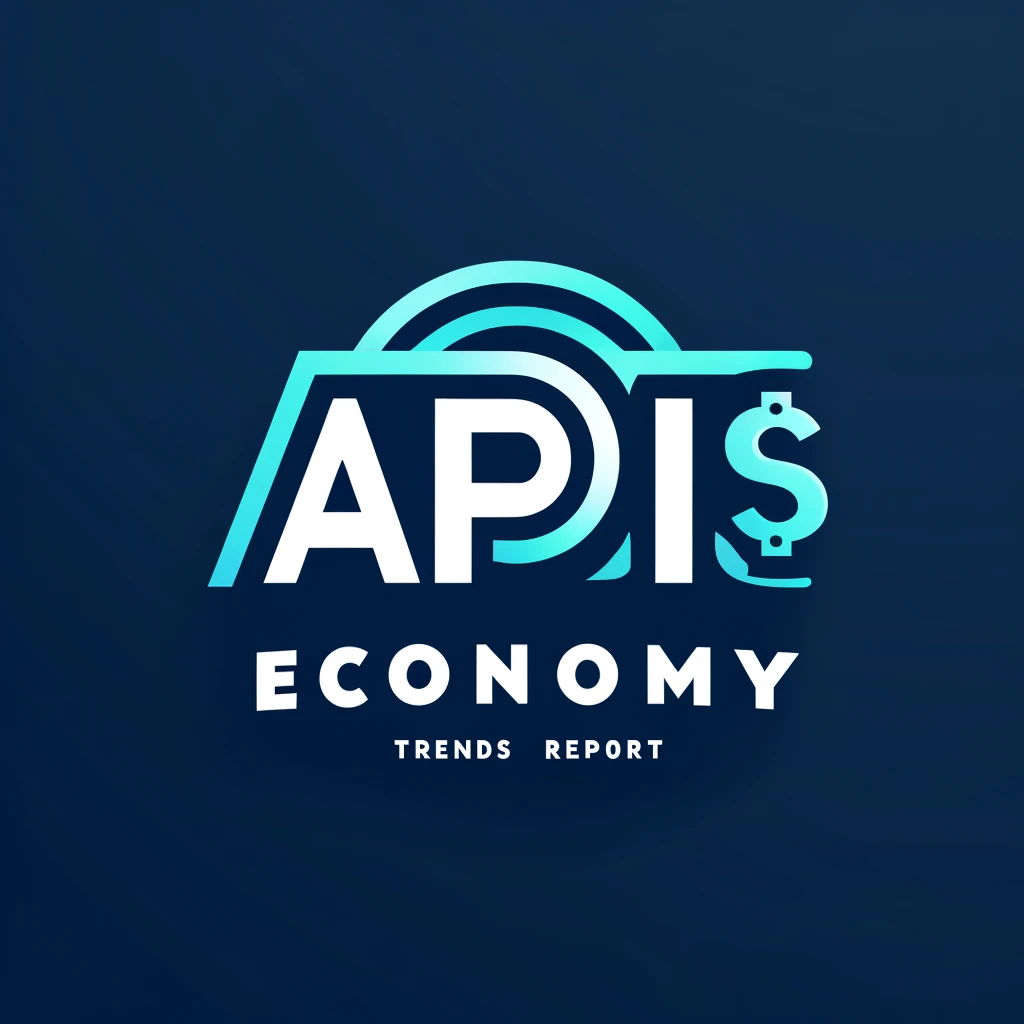Permissionless Blockchain: 3 Propositions for Integration, Implementation, and Impact
by
June 4th, 2024
Audio Presented by

APIs irrefutably changed the digital economy. The exchange of information at scale. Read The API Economy Trends Report.
Story's Credibility

About Author
APIs irrefutably changed the digital economy. The exchange of information at scale. Read The API Economy Trends Report.